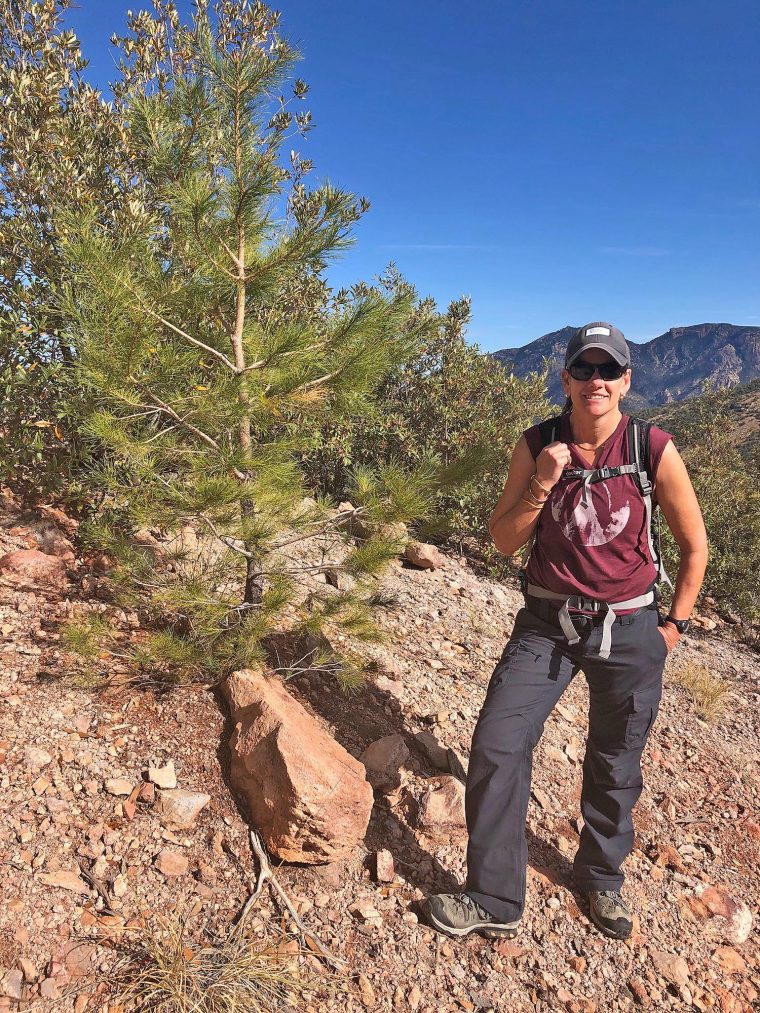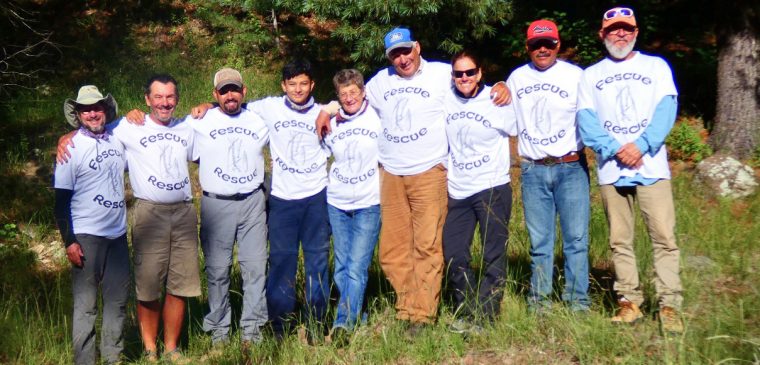Helen Poulos, adjunct assistant professor of environmental studies, is the lead author on a research article titled “Wildlife severity and vegetation recovery drive post-fire evapotranspiration in a southwestern pine-oak forest, Arizona, USA” published in Remote Sensing in Ecology and Conservation on May 8, 2021. Undergraduates Michael Freiburger '21 and Hunter Vannie '20 assisted in collecting field data. From the paper’s abstract: In this study, post-fire ET was driven by plant species composition and tree canopy cover. ET was significantly higher in the morning and midday in densely vegetated post-fire shrublands than pine-dominated forests that remained 5–7 years after wildfire. Our…
Peter “Kosty” Kostacopoulos, adjunct professor of physical education, emeritus, and former head baseball coach and assistant football coach, passed away on March 25 at the age of 86. Kosty earned his BS from the University of Maine, where he lettered in football, basketball, and baseball, and made the All-Maine Conference in football and basketball. After coaching at Bowdoin for nine years, he arrived at Wesleyan in 1968. He served as head baseball coach for 28 years and assistant football coach for 19 years. He also served as a head squash coach during this time. Kosty led the Cardinals to 11…
Wildfires can transform forest ecosystems to varying degrees, depending on fire severity. While low-severity wildfires change plant community composition by killing short-statured trees and understory plants, high-severity fires result in top kill of above-ground vegetation. This variation in wildfire effects can have major impacts on post-fire vegetation composition and water stress. Helen Poulos, adjunct assistant professor of environmental studies, received a $300,000 grant from NASA on Dec. 5 to examine how forests can permanently change in response to high-severity wildfire in southeastern Arizona. (more…)
The rare Guadalupe fescue once thrived in abundance atop mountains spanning the Texas-Mexico border, however, the desert-growing perennial grass is now so endangered, it only flourishes in two locations on Earth. The rapid population decline is leaving scientists puzzled. "Developing an effective recovery plan is essential for protecting Guadalupe fescue, however, the lack of basic information about this species’ ecology is a serious barrier to that goal," explained Helen Poulos, adjunct assistant professor of environmental studies. "Urgent action is needed to stabilize the two extant populations." This summer, under Poulos's leadership, Wesleyan received a National Park Service Grant to study…
Although dam removal is an increasingly common stream restoration tool, it may also represent a major disturbance to rivers that can have varied impacts on environmental conditions and aquatic biota. In a paper titled "Dam Removal Effects on Benthic Macroinvertebrate Dynamics: A New England Stream Case Study, five researchers from Wesleyan examined the effects of dam removal on the structure, function, and composition of benthic macroinvertebrate (BMI) communities in a temperate New England stream. The benthic—or "bottom-dwelling”—macroinvertebrates are small aquatic animals that are commonly used to study biological conditions of water bodies. The paper is published in the May 21…



